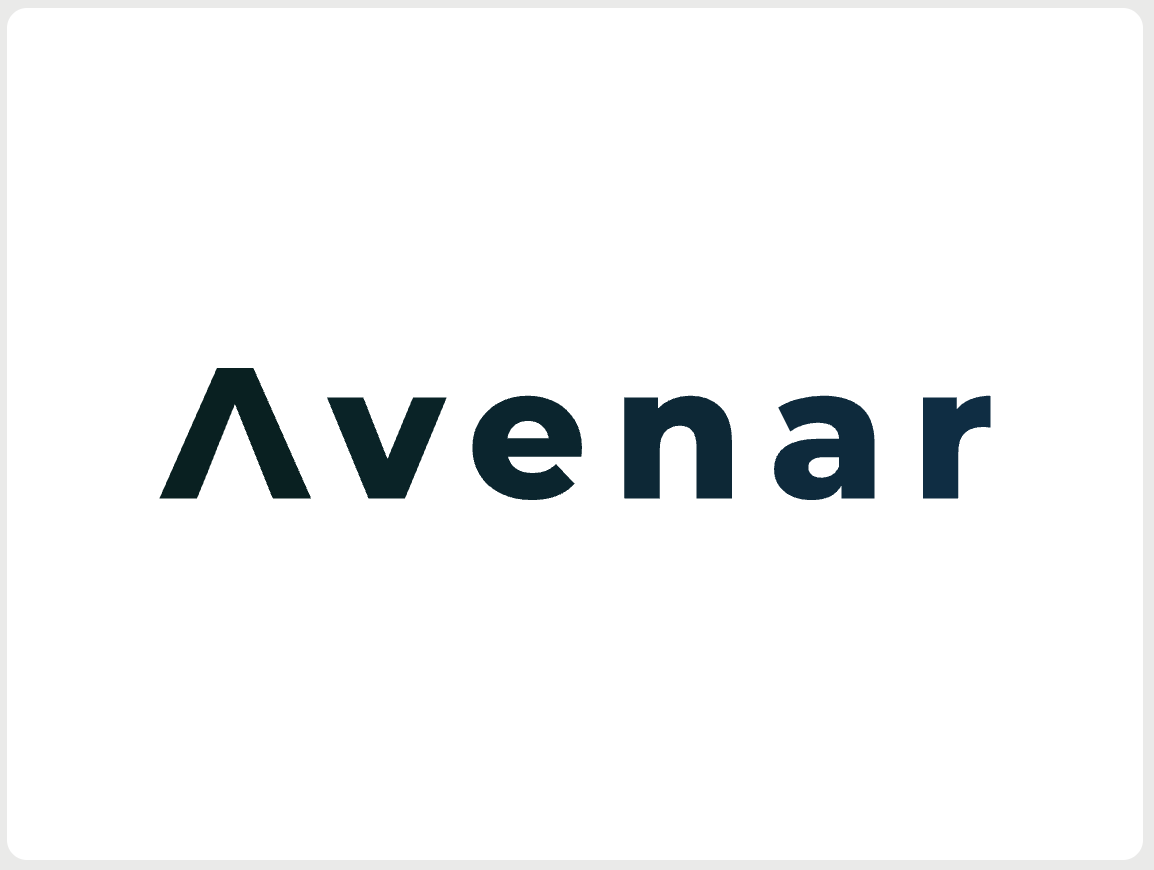
The Ultimate Guide to Automating Google Reviews for Small Businesses
In today’s digital landscape, Google reviews are among the most trusted forms of social proof. A strong review profile can elevate your local SEO, build trust with prospective customers, and differentiate you from competitors. But manually asking every customer to leave feedback is tedious and inconsistent — that’s where an online review management tool comes in. For small businesses, automating review requests, monitoring feedback, and responding promptly isn’t a luxury — it’s an essential part of reputation management for small businesses. In this guide, we’ll explore how to implement Google reviews automation safely and effectively, how reputation booster AI fits in, and how to get started step by step.
Why Google Reviews Matter
Consumer trust & decision-making: Over 70% of consumers say they trust online reviews as much as personal recommendations.
Local SEO impact: Google’s algorithm factors in review volume, recency, and ratings — consistent reviews can increase your chances of appearing in the “local pack.”
Feedback loop: Reviews provide insights into where your business performs well and where there’s room for improvement.
Competitive edge: A strong, well-managed review profile is often a barrier for competitors.
But many small businesses struggle: customers don’t remember to leave reviews, staff forget to ask, or monitoring multiple review sites becomes overwhelming. That’s where automation helps.
What Is an Online Review Management Tool?
An online review management tool is software that helps you:
Automatically send review requests (via email, SMS) after service
Generate custom review links to Google or other platforms
Monitor, aggregate and alert you to new reviews
Provide dashboards and analytics on ratings/trends
Optionally respond to reviews (or suggest replies)
Detect negative sentiment and flag for escalation
These tools turn a manual, inconsistent process into a scalable, repeatable system. When powered by reputation booster AI, your tool may suggest response templates, highlight negative feedback patterns, and optimize timing for requests.
How Google Reviews Automation Works
Trigger event: A completed service, sale, or customer interaction acts as the trigger (e.g. “job done,” delivery, payment).
Delay & timing: Wait an optimal window (e.g. 1–3 days) when the experience is still fresh.
Send request: Email or SMS invites customers to leave a Google review, ideally with a direct one-click link or star widget.
Response handling: New reviews are captured in your dashboard. The tool may send thank-you messages, handle negative replies, or escalate issues.
Analytics & follow-up: Track metrics (review volume, average rating, response rate) and optimize messaging or timing.
With advanced tools, AI can suggest responses based on sentiment, auto-detect negative reviews, and even personalize requests based on customer profiles (“As a long-term customer, we’d love your feedback…”).
Benefits for Small Businesses
Consistency & scale: Never forget to ask — each eligible customer receives a request automatically.
Higher conversion of review requests: When timed and framed well, conversion rates can be 10–25%.
Reputation protection: Negative reviews are flagged fast, letting you respond or remedy issues promptly.
Reduced admin overhead: Your staff no longer have to chase reviews manually.
Data-driven decisions: See trends over time — what services get better reviews? What complaints are recurring?
One small UK marketing agency implemented review automation and increased their Google reviews by 300% over six months. Their average rating nudged from 4.4 to 4.7 — driving better trust and more leads.
Risks, Ethics & Best Practices
While automation is powerful, misuse can backfire. Here are guardrails:
Don’t spam: Limit review requests to 1 per transaction. Over-messaging creates annoyance.
Let customers opt out: Always provide a way to decline or unsubscribe.
Use truthful language: Avoid wording like “please leave a 5-star review” — it violates guidelines.
Monitor your brand voice: AI-suggested responses should be reviewed to ensure consistency and authenticity.
Escalation logic: If sentiment is negative, route that review for human follow-up rather than auto-response.
Comply with platform rules: Google’s policy disallows offering incentives for reviews or posting fake ones. Always ask neutrally.
Getting Started: Step-by-Step
Step 1: Audit your current review profile
Check how many recent reviews, responses, and any gaps across platforms (Google, Facebook, Yelp, etc.).
Step 2: Choose a review automation tool
Look for tools with Google integration, SMS/email support, AI suggestion features. Many tools also integrate with CRMs or your business stack.
Step 3: Define your trigger events
E.g., “service completion,” “delivery confirmation,” “checkout page.” Decide your conditions and timing.
Step 4: Craft your messaging
Write templates for SMS/email (friendly, brief, neutral ask). Keep one or two variants to A/B test.
Step 5: Perform a pilot
Select a subset of customers (e.g., last 30 deliveries) and run the automation. Monitor responses, feedback, click rates.
Step 6: Refine & expand
Adjust timing, template variants, or which customers receive requests. Expand to full customer base.
Step 7: Continuously monitor and evolve
Track review volume, average rating trends, response times, negative feedback spikes. Use insights to improve product/service.
How Avenar AI Can Help
You can embed review automation seamlessly into your existing tools:
Products / Review modules: Use your review components to manage request flows and dashboards. → Reviews
AI-driven suggestions: Suggest response templates, sentiment alerts, best times to send.
Integration with messaging & CRM: Combine review requests with your messaging and lead workflows — ensuring nothing is manual. → Messaging, CRM
Want to talk through your review strategy? Contact us for a custom audit and playbook. → Contact
Conclusion
For small businesses, a consistent and proactive review strategy can become a powerful engine for trust and growth. Automating the process via an online review management tool, backed by reputation booster AI, helps ensure every satisfied customer has a chance to leave feedback — and every negative review is caught early. Start small, iterate, and soon your review profile becomes a pillar of your digital presence.
